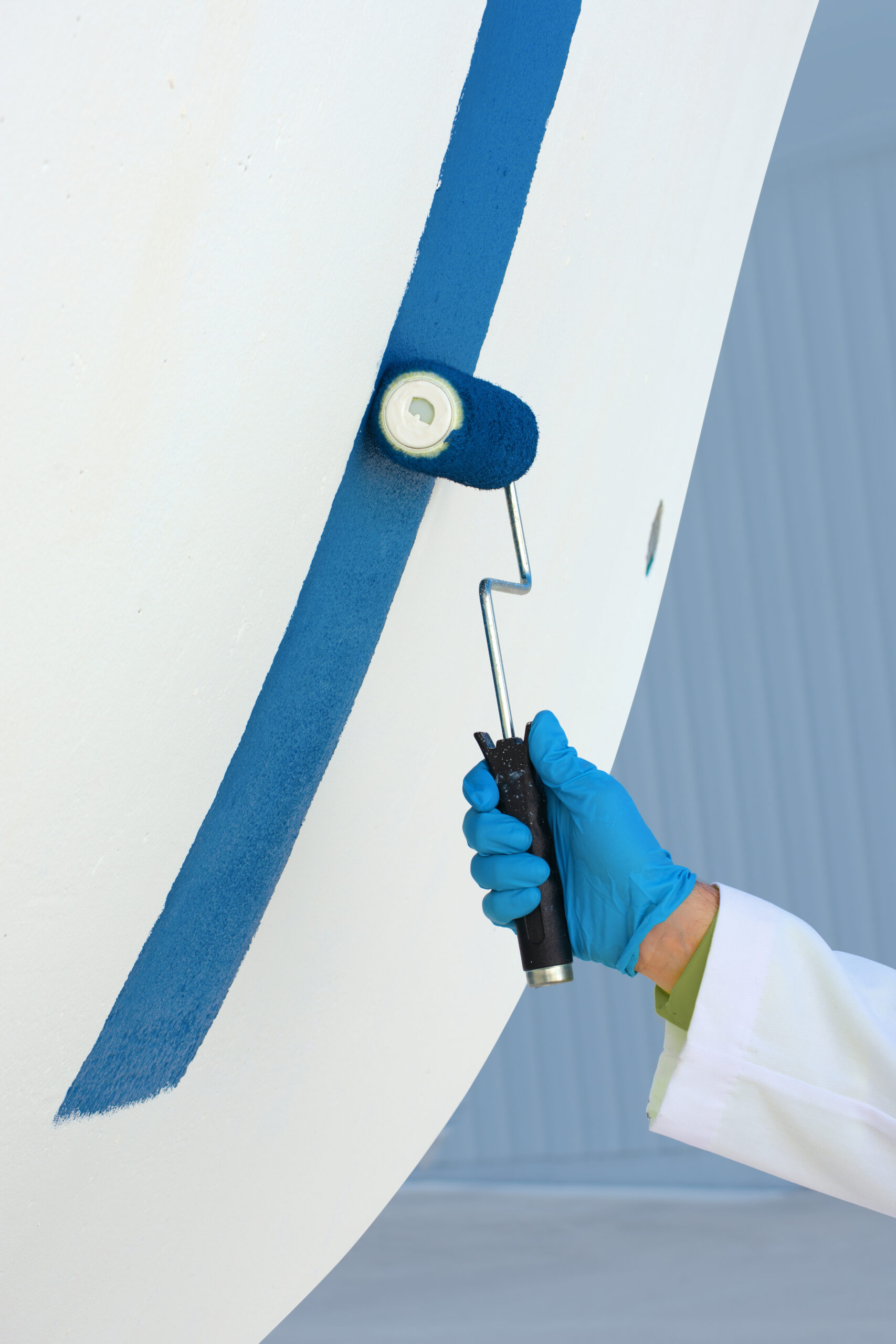Antifouling

Au Chantier Nautique du Vieux Port, nous vous proposons un carénage minutieux avec un nettoyage de coque sous haute pression, la vérification de l’état des anodes et un ponçage d’hélice. Nous appliquons au rouleau ou au pistolet des antifoulings et des Coppercoats, nous vous conseillons le produit adapté à votre plan de navigation car la température des eaux sur lesquelles vous allez naviguer à un impact direct sur la fréquence d’application de l’antifouling. Le Chantier Nautique du Vieux Port est fier de réaliser plus de 200 antifoulings/an